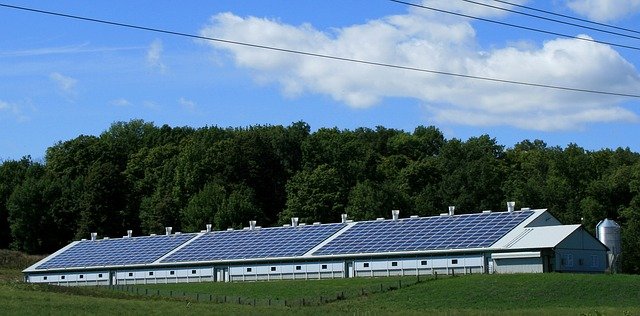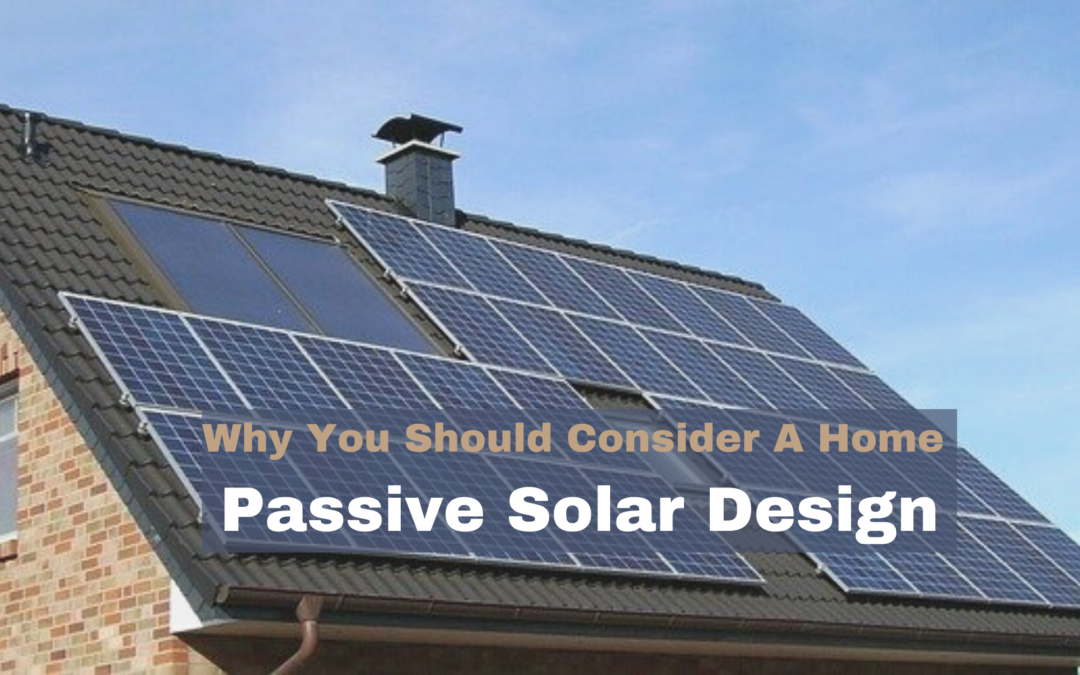Solar energy is a great way to cut down on your electricity expenses and utilize natural resources to power your home, or sometimes even for an entire neighborhood. However, when it comes to installing solar systems, users have two choices – active and passive solar system design. While the former is the conventional form – a solar system, the latter is also quite an advanced version.
Passive solar systems use carefully crafted reflective coatings and overhangs on exterior walls, windows, and roofs to provide warmth during the cooling season. There is a common notion that installing a solar system means your roof has to be loaded with photovoltaic modules, a converter, and connective circuitry. However, this is only the case with active solar systems (i.e. the ones that are fitted by electricians). For a passive design, you do not need to burden your house with extra electricals.
Passive solar designs take advantage of various factors including a building’s site, type of materials used, and climate in the area to maximize energy savings. If your home has a well-designed passive solar system, it eventually means that the heating and cooling loads are reduced via energy-efficient strategies. Passive solar designs can help reduce the cost of heating or cooling of your home by as much as half the cost of a standard home. Thus, no more inviting electricians to spot excess energy consumption and wastage.
The Process
A passive solar system collects sunlight through south-facing windows, retains the heat in a thermal mass (i.e. a sunspace involving heat-absorbing material within its floors and walls), and prevents it from escaping through insulation. In order to be effective, a passive solar system must have properly oriented windows, a good distribution mechanism, control strategies, and thermal mass. With these in place, your home receives maximum sunlight from the winter sun, and minimum sunlight from the summer sun.
Because passive solar systems rely on the composition and design of your home, developing one requires an architect to draw up plans for an eventual home renovation. This may seem like a huge task, but once your renovations are complete you’re guaranteed a temperate home for as long as the house stands!
However, you should consider equipping your home with both a passive solar system and an electricity usage strategy. This will guarantee you save the maximum amount and probably make your home the most efficient on the block in terms of carbon output and savings! Conduct a home electrical audit with an electrician and they’ll provide you with a strategy. Don’t forget to screen your professional by viewing their electrical license, certification, and reviews (check out Power 4 All, an Albany electrician, for a great example).
Passive Solar System Design Vs Active Solar Systems
A conventional solar system design relies on external devices such as PV panels, solar lithium batteries, inverters, roof mounts and connection equipment to capture and store solar energy. The complexity of the design varies on your homes usage, location, climate and roof space. The heavy installation of external electricals is imperative for a conventional solar system design to work.

On the other hand, passive solar systems don’t require external electricals. This means you aren’t reliant on circuitry and equipment that are subject to general wear-and-tear. Instead your system’s lifecycle aligns with how long your home stands, which in some cases can extend up to 50+ years. Additionally, you can keep your home uncluttered of electricals, avoid the expenses associated with active solar system maintenance, and enjoy the light and heat from large open windows and spaces.
An important factor to note is your homes environment. Keep into account low hanging trees and bushes which may obstruct your sun spaces, as these may have to be sacrificed in order to harvest the morning energy sun.
Conclusion
Solar energy is the most efficient and environmentally friendly way to save energy and cut down your electricity bills. If you’re looking to get a solar system for your home, don’t forget to consider your all preferences. This can include your homes climate, current usage, the environment around your home, the condition of your home, and the home design you’re aiming for.
Either way, solar systems are always satisfactory in the long-term when it comes to savings and the longevity of earth. Good luck with the rest of your research!
P.S: Here is your chance to make some money, making the planet better! For more FREE online learning opportunities, Join the EAT FREE Community!
Related Articles and Resources:
Complete Guide To Energy Efficient Homes [Infographic]



